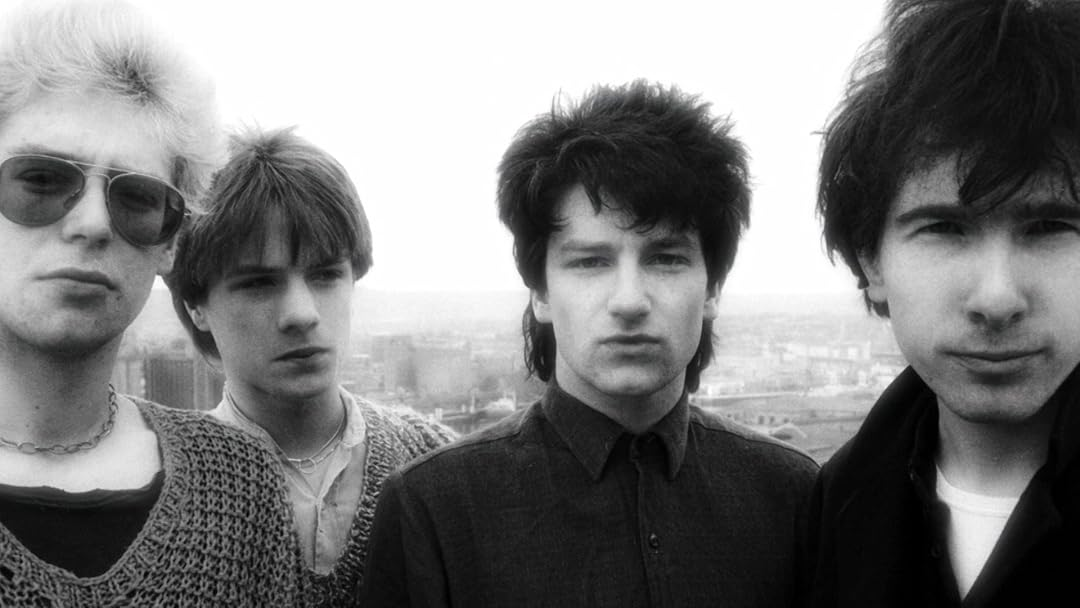Introduction
"One" by U2, released in 1991 as part of their acclaimed album Achtung Baby, stands as a pivotal track in the band's discography. Emerging in the early 1990s, a time marked by the rise of grunge and alternative rock, this song showcases U2's ability to blend emotional depth with a rock sensibility.
Cultural Context
During the early 90s, the music scene was dominated by diverse genres such as grunge, Britpop, and the burgeoning alternative rock movement. U2's "One" captured the spirit of the era with its introspective lyrics and powerful arrangement, resonating with audiences worldwide. The track was recorded at Hansa Studios in Berlin, a city that was experiencing its own transformation after the fall of the Berlin Wall, adding a layer of historical significance to its creation.
Production & Sound
"One" is characterized by its haunting guitar work and Bono's heartfelt vocals. The Edge's use of reverb-drenched guitar lines creates an atmospheric backdrop, while the rhythm section provides a steady, understated foundation. This combination of elements results in a sound that is both intimate and expansive, a hallmark of U2's musical style during this period.
Notable Live Performances
A memorable live performance of "One" occurred during U2's 1997 PopMart Tour in Sarajevo, a city that had been ravaged by war. The concert was a symbol of hope and unity, with the song's themes of reconciliation and togetherness resonating deeply with the audience.
Modern Legacy
Decades after its release, "One" remains relevant due to its timeless message and emotional impact. It has been covered by numerous artists, including a notable version by Mary J. Blige, which brought a soulful dimension to the track. U2's "One" continues to be a staple in their live performances, underscoring its enduring appeal and significance in the rock genre.










Comments (0)